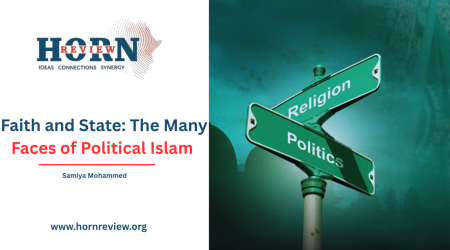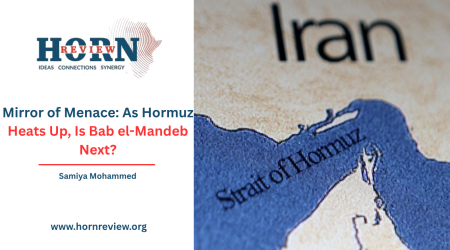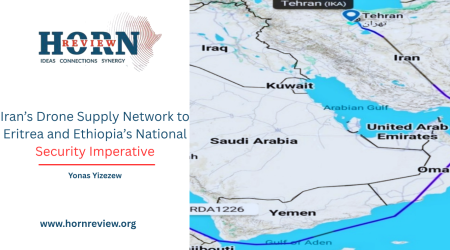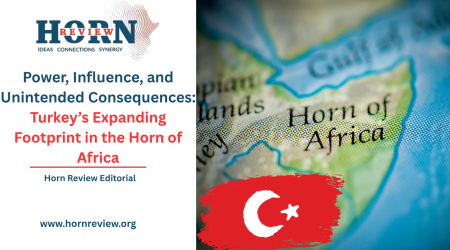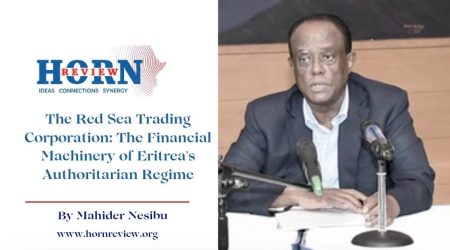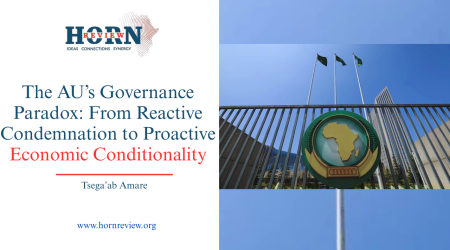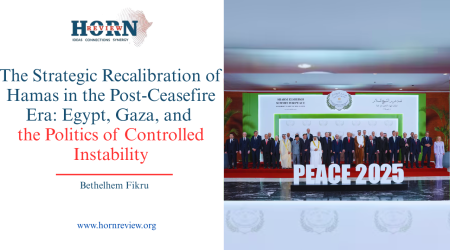
19
Jun
IAEA Under Scrutiny: Political Bias or Technical Mandate?
The International Atomic Energy Agency (IAEA), founded in 1957 during an era marked by nuclear anxiety, was conceived as a technical body charged with promoting the peaceful use of nuclear energy while preventing its diversion for military purposes. With a mandate grounded in science, safety, and verification, the IAEA operates under the principle of neutrality. Yet, in a world where geopolitics often intersects with multilateral institutions, the line between technical oversight and political influence can at times appear blurred.
Recent developments in Ukraine and Iran have brought renewed scrutiny to the agency’s actions, raising difficult but necessary questions about consistency, transparency, and the balance between political realities and technical rigor. The differing pace, tone, and outcomes of the IAEA’s involvement in these two cases illustrate the challenges the agency faces in preserving impartiality in complex and politically sensitive environments.
In Ukraine, the IAEA has maintained a deliberately restrained posture amid an unprecedented situation involving the Zaporizhzhia Nuclear Power Plant (ZNPP)—Europe’s largest nuclear facility—located in a war zone. Despite repeated reports of shelling and Russia’s claims of attacks by Ukrainian forces, the IAEA has opted not to assign blame. Director General Rafael Grossi has defended this approach by emphasizing the agency’s strictly technical role, noting the difficulty of verifying such incidents without unequivocal evidence. This caution may reflect both the agency’s desire to retain access and the practical challenges of operating in an active conflict zone. However, this policy of non-attribution has drawn criticism in some quarters, where it is perceived as an overly cautious posture that inadvertently downplays violations or creates a perception of deference to influential member states.
Conversely, the IAEA’s engagement with Iran has taken a more assertive path. On June 12, 2025, the Board of Governors adopted a resolution declaring Iran in non-compliance with its nuclear non-proliferation obligations—the most serious censure in two decades. This decision followed a lengthy investigation into uranium traces found at undeclared locations and what the agency described as a lack of full and timely cooperation from Tehran. While technically grounded, the timing of the resolution—closely followed by reports of targeted attacks against Iranian nuclear experts—has raised concerns in diplomatic circles. Some observers argue that the decision, however justified by the record of engagement, may have been accelerated by broader geopolitical currents rather than purely technical considerations.
For Iran, the perception that the IAEA’s decisions are shaped, or at least influenced, by political alignments rather than strictly technical criteria has intensified longstanding grievances. Iranian officials have responded by signaling a potential reconsideration of their commitments under the Nuclear Non-Proliferation Treaty (NPT), with parliamentary discussions underway that could have far-reaching implications for regional stability and the global non-proliferation regime. While no definitive steps have been taken, the fact that such discussions are gaining momentum underscores how perceptions of procedural imbalance can erode trust in international mechanisms.
At the heart of these parallel cases lies a fundamental tension between the IAEA’s technical mandate and the broader political environment in which it operates. The agency’s governance structure, which requires consensus among a diverse group of member states—many with divergent strategic interests—can place strain on its ability to apply standards uniformly. Decisions reached under such constraints may, intentionally or otherwise, reflect the dynamics of international power politics, affecting how actions are interpreted by different stakeholders.
The contrast in the IAEA’s approach to Ukraine and Iran may thus reflect not just technical assessment, but also the agency’s need to navigate varying political sensitivities, access challenges, and strategic pressures. This does not imply deliberate bias, but rather highlights the structural limitations that arise when a technical institution functions within a politicized global context.
These dynamics matter beyond the immediate cases of Ukraine and Iran. In regions like the Horn of Africa, where countries are beginning to explore peaceful nuclear energy options, the credibility and perceived impartiality of international oversight bodies are crucial. If regulatory decisions are seen as inconsistent or politically influenced, it could discourage emerging nations from engaging transparently or fully committing to multilateral safeguards. In such contexts, maintaining a clear, depoliticized standard is essential not only to avoid proliferation risks but also to build durable trust in global nuclear governance.
To uphold its legitimacy, the IAEA must continue to enhance transparency in its processes and ensure that technical criteria are applied consistently, regardless of the geopolitical stature of the states involved. Public communication that clarifies how conclusions are reached and what standards are used could go a long way in reinforcing confidence among member states and civil society observers alike.
The IAEA occupies a unique position in the global architecture: a technical body that must operate in deeply political spaces. Its enduring credibility will depend on how well it can preserve the neutrality of its mission while responding to the evolving realities of international security. In a time of growing geopolitical fragmentation, reaffirming that technical oversight must remain free from political expediency is more important than ever.
By Tsega’ab Amare,Researcher,Horn Review



